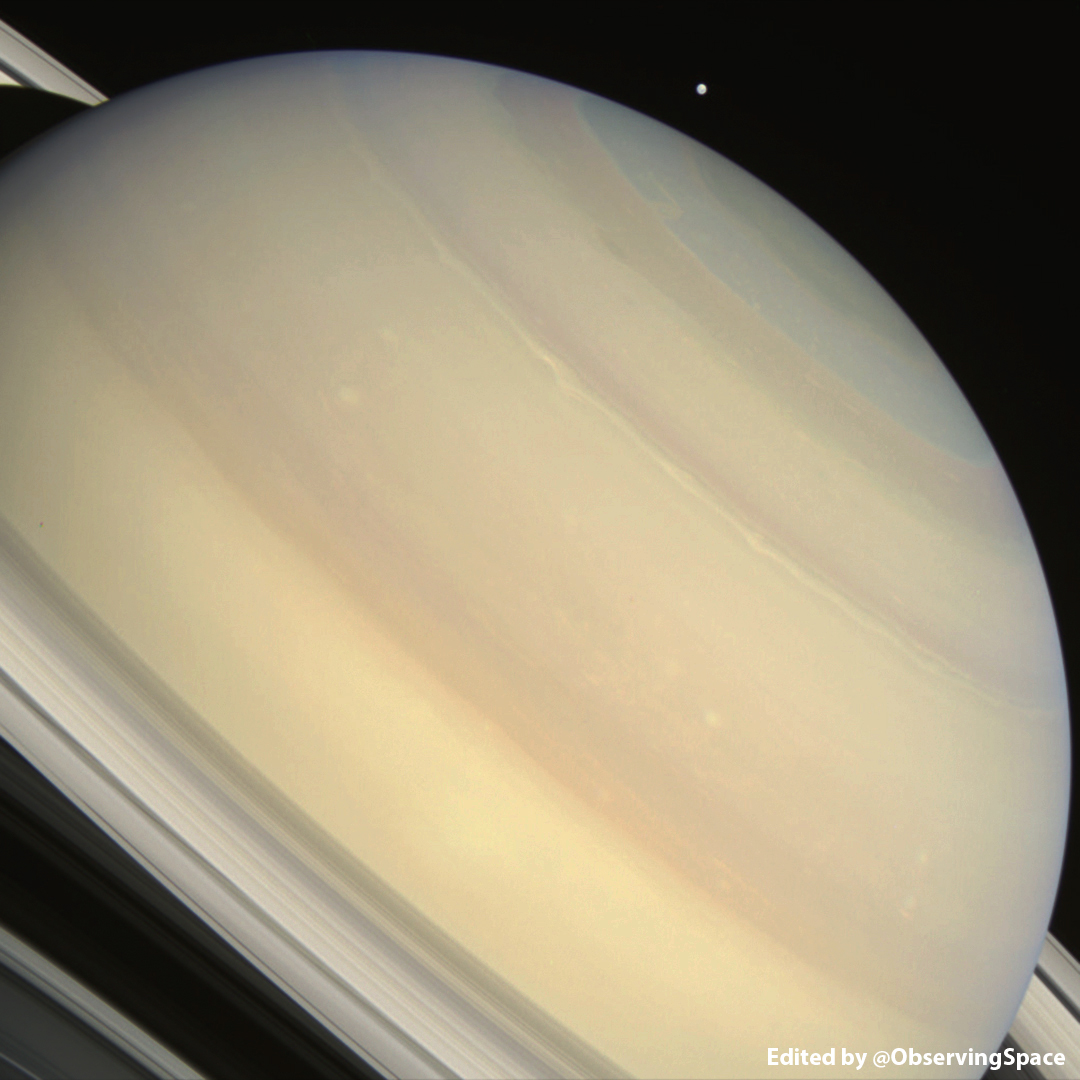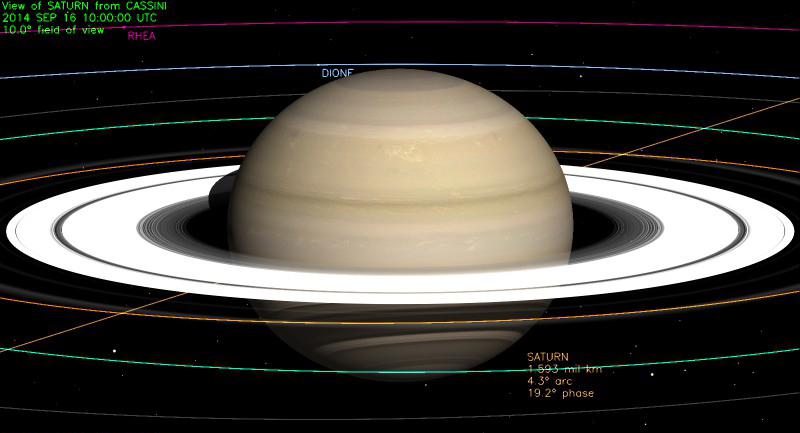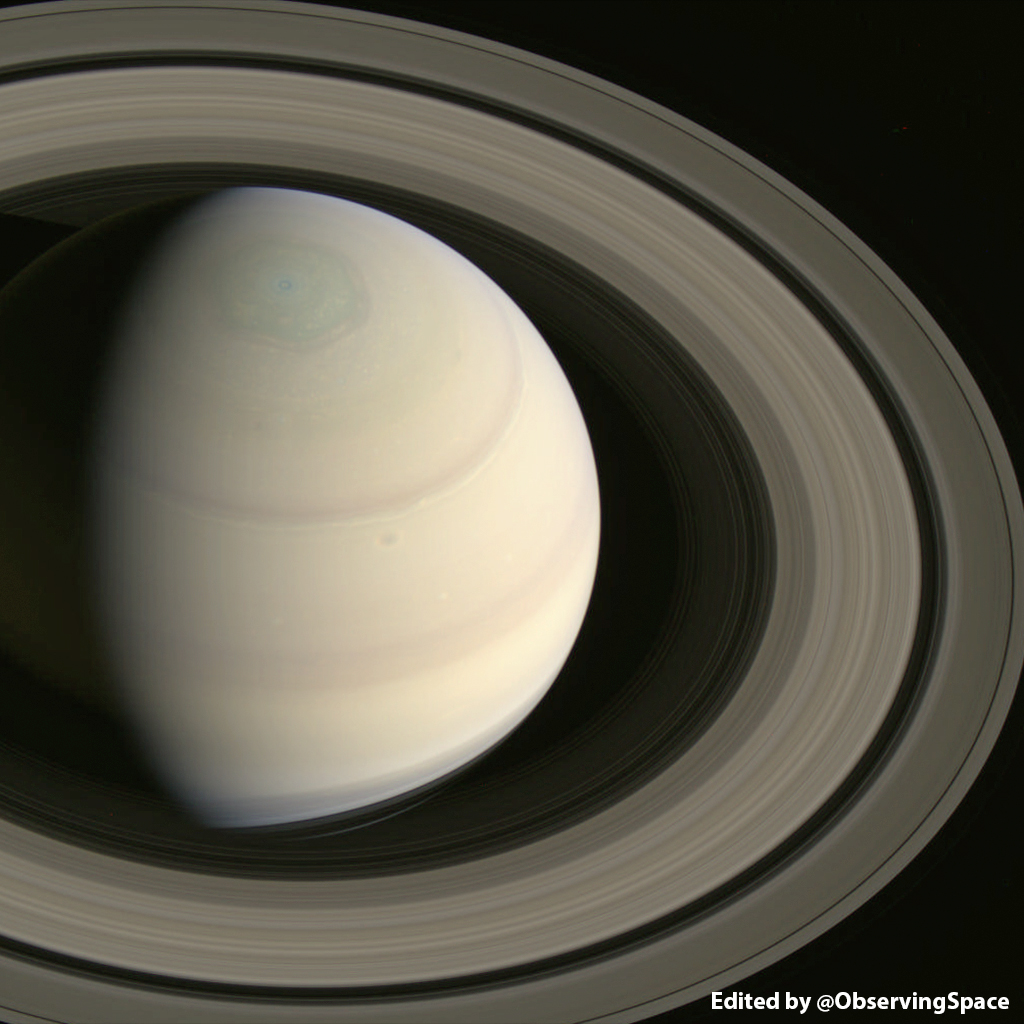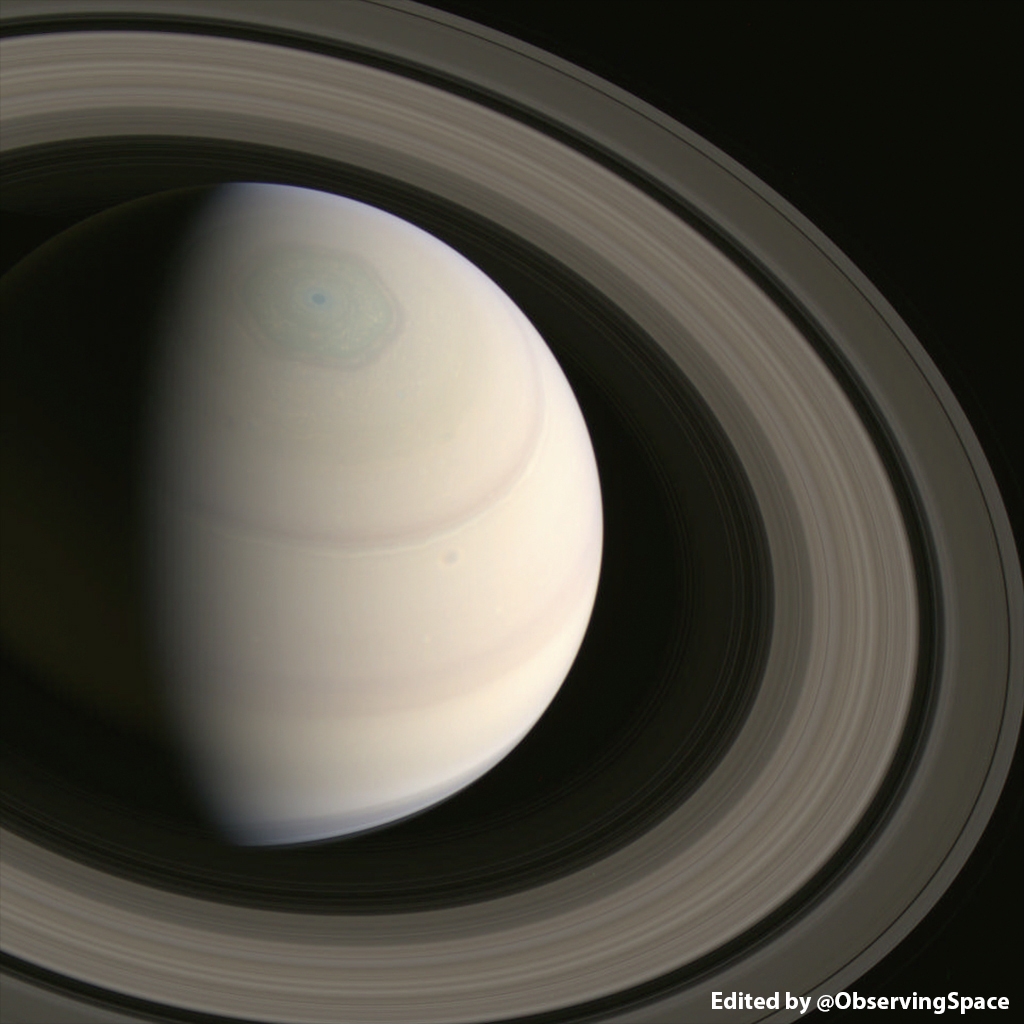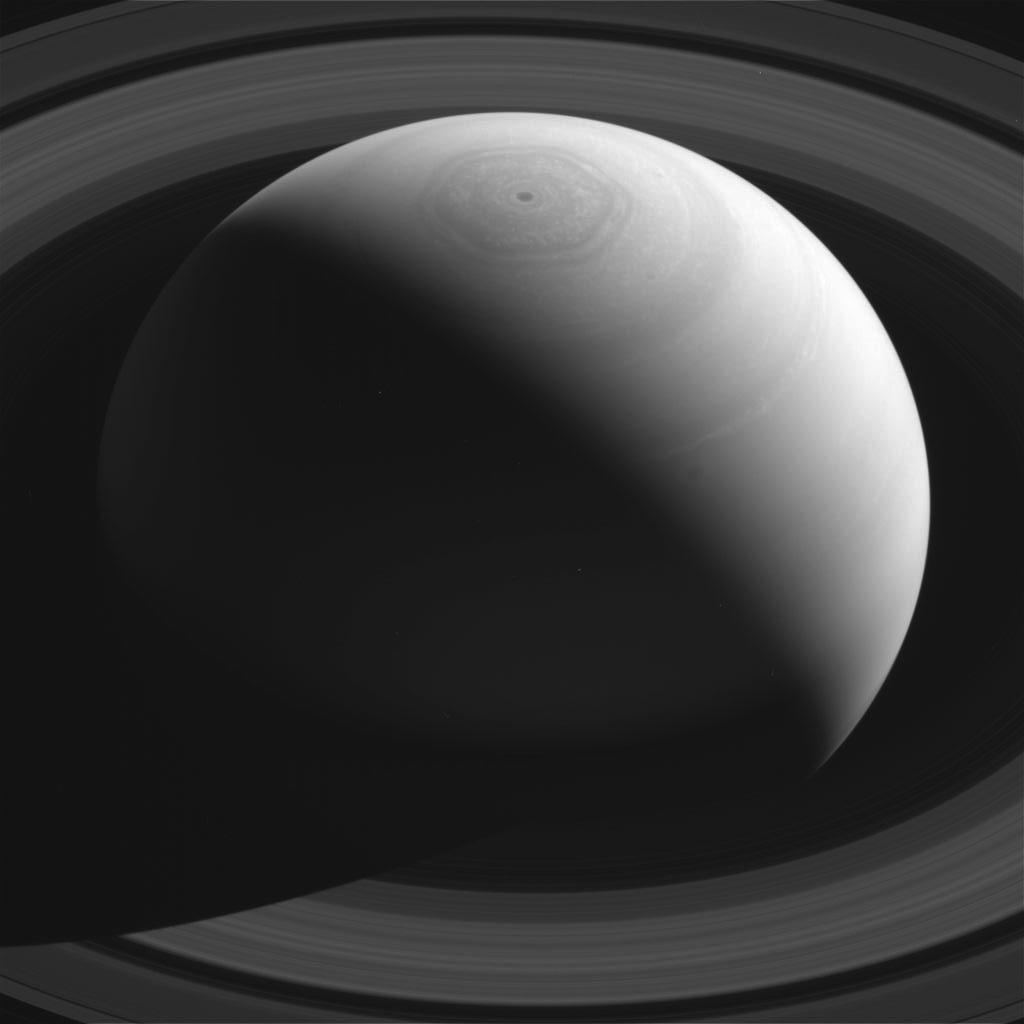 As it soared past Saturn’s large moon Titan recently, NASA’s Cassini spacecraft caught a glimpse of bright sunlight reflecting off hydrocarbon seas.
As it soared past Saturn’s large moon Titan recently, NASA’s Cassini spacecraft caught a glimpse of bright sunlight reflecting off hydrocarbon seas.
In the past, Cassini had captured, separately, views of the polar seas and the sun glinting off them, but this is the first time both have been seen together in the same view.
The image is available at:
http://www.jpl.nasa.gov/spaceimages/details.php?id=PIA18432
Also in the image:
— An arrow-shaped complex of bright methane clouds hovers near Titan’s north pole. The clouds could be actively refilling the lakes with rainfall.
— A “bathtub ring,” or bright margin, around Kraken Mare — the sea containing the reflected sunglint — indicates that the sea was larger at some point, but evaporation has decreased its size.
Titan’s seas are mostly liquid methane and ethane. Before Cassini’s arrival at Saturn, scientists suspected that Titan might have bodies of open liquid on its surface. Cassini found only great fields of sand dunes near the equator and lower latitudes, but located lakes and seas near the poles, particularly in the north.
The new view shows Titan in infrared light. It was obtained by Cassini’s Visible and Infrared Mapping Spectrometer (VIMS) on Aug. 21.
The Cassini-Huygens mission is a cooperative project of NASA, the European Space Agency and the Italian Space Agency. JPL, a division of the California Institute of Technology, Pasadena, manages the mission for NASA’s Science Mission Directorate in Washington. The VIMS team is based at the University of Arizona in Tucson.
More information about Cassini is available at the following sites:
